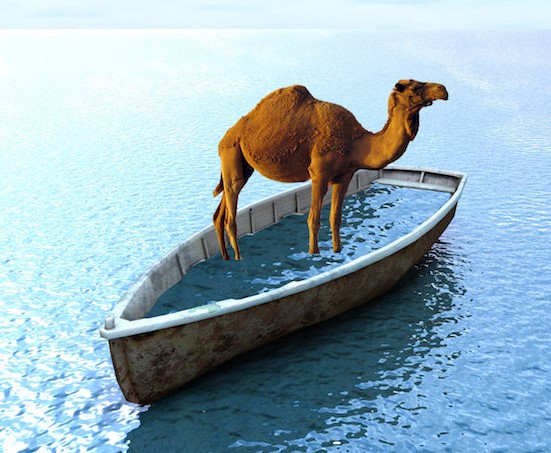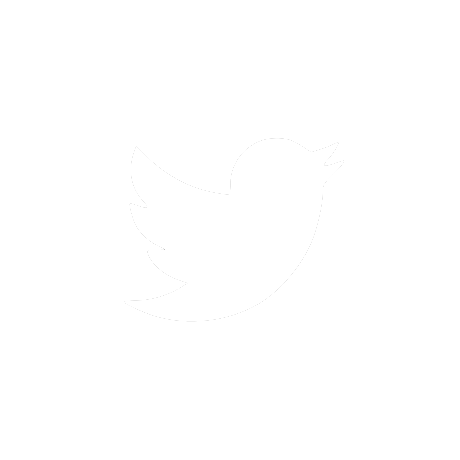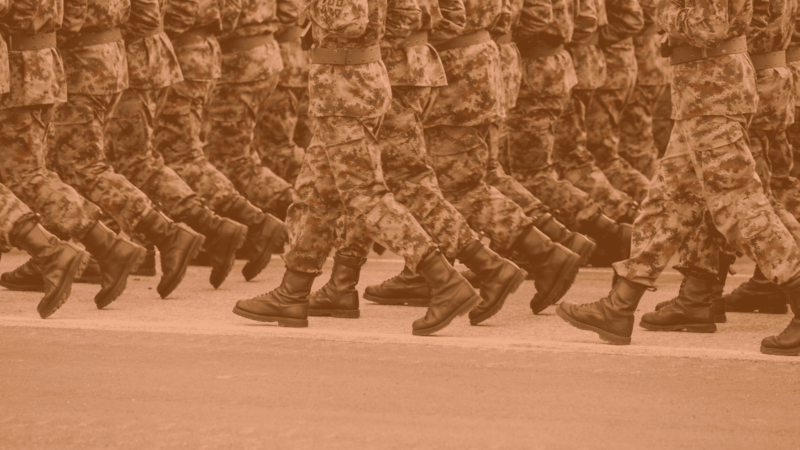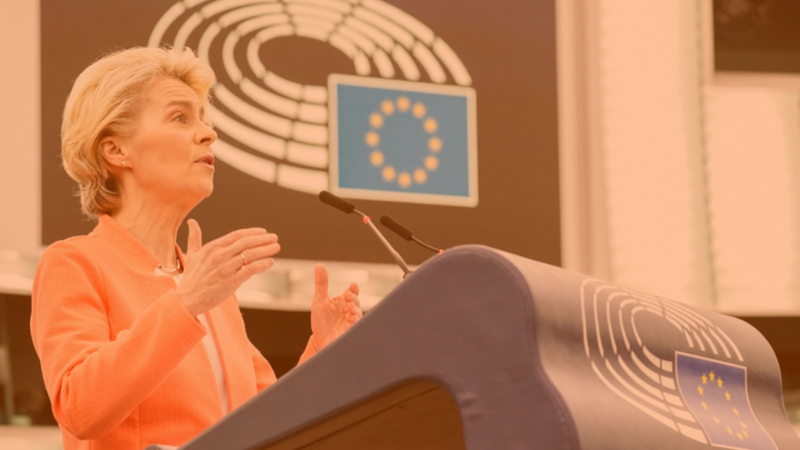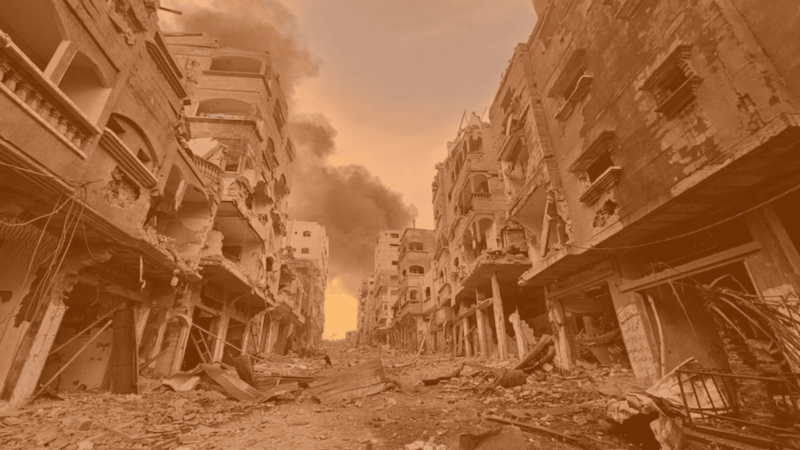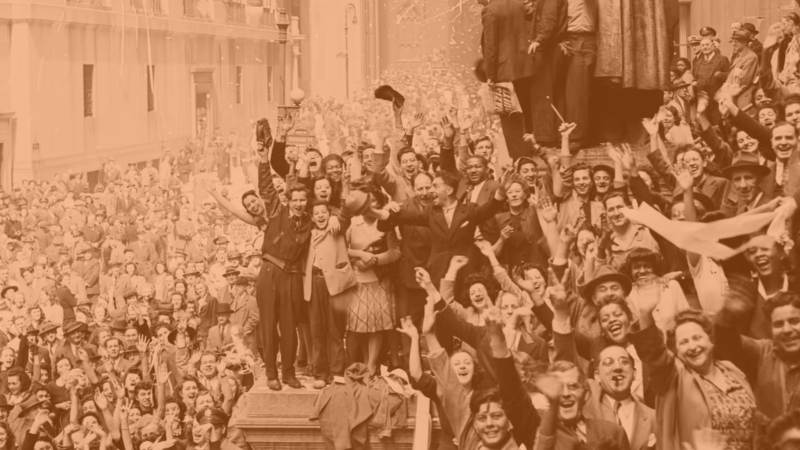Since early May the world has once again been watching the escalation of violence in Israel-Palestine.
Acts of hatred and violence between the Jewish and Palestinian religious populations, including Hamas rocket attacks against Israel and Israeli airstrikes in the Gaza Strip, are once more creating permanent catastrophe, causing untold suffering and the deaths of innocent of people, primarily children and women.
Unbelievably, a biennial with a controversial title Living Together — Crossing Borders is taking place there, amidst the chaos. This is the 4th Mediterranean Biennale, which is being realised in public and private buildings along a street in HAIFA · SAKHNIN VALLE.
The curators advocate that “…the 4th Mediterranean Biennale seeks to reinforce solidarity, delving into the notion of the city as a shared public space, in response to the current Coronavirus crisis and its aftershocks. It sustains interpersonal interaction beyond borders in a time of travel restrictions and social distancing.”. The title and concept were probably conceived several months before the latest escalation of violence.
Unfortunately, in today’s circumstances, the title appears rather ironical. The participating artists, among them politically dissident artists such as Carlos Amorales, Chto Delat, Almaagul Menlibeyava, Ciprian Muresan, Jammis Kounellis and Nevin Aladağ (Turkey-Germany), Hacer Kıroğlu and Ali Kazma from Turkey, must have noticed that at this stage it is “…a game played by fate”, a popular saying in Turkey.
Indeed, having realised this irony, the curators and artists stated the following: “We are passing difficult days dealing with violence and hostility that we did not experience until now. As artists we have a role and the responsibility to create a dialogue between human beings and create a place where everyone can have their say in a debate in which there are no winners or losers…).
How would all these artists react to this ongoing disaster if they had to deal with it? There are ‘taboos’ restricting free expression in all countries on the five continents, including the USA and the EU, with religion and national symbols being the main ones. In countries with strong democracies censorship occurs at the lowest level, but in countries where democracy is damaged it occurs at the highest level, that is, with the imprisonment of artists.
For example, artists who produce harsh opposition works in their own countries at exhibitions held in the Arab world apply self-censorship! Turkey and Israel with their alleged democracies are not an exception in that geography.
However, today, the concepts, methods and forms used in producing art have the power to give the necessary message to society. This is a method of constructing a metaphor that has been valid since the emergence of Surrealism. It is clear that today’s art has an uncanny power, warning us against alienation and proposing solutions! Artists and curators aware of this power should continue their task.
Is there any other region in the world other than the Mediterranean, where history and culture create such extraordinary encounters and diversifications? And what is this geography experiencing within the context of the turmoil, called globalisation-neo-capitalism-post-truth, in this century?
In this geography, religions, cultures and ethnicities have formed knots that are impossible to unravel. The most recent stage of the encounter and diversification took place in the region when tradition and Modernism met one another with radical breaks, rough resistances, loaded submissions and painful assimilations. Large transformations which have left behind wars, migrations, cities destroyed or forced to change, difficult to comprehend in the framework of one’s life…while living amid military, political, economic, social complexities, contrasts, enviable wealths, grievous poverties, economic fluctuations, ecological disasters, political corruption, Mediterranean people are both envied and harassed by those in the rest of the world.
The millennia-old cities of the Mediterranean conceal in themselves deep and complex memories of all the transformations. Artists today, who refuse to accept reality and life as they are, trace these memories scrupulously and with patience. They claim that in order to understand the Mediterranean and all the phenomena it implies it is perhaps necessary to pay attention and investigate the Postmodern art produced in this region. They claim perhaps this is the easiest way, and that metaphors are often more meaningful than realities and lives.
My professional experience with Israel
Israel was the first country I went to in the Middle East. Three times, in 1994, 1996 and 1999. The most comprehensive Modern and contemporary art collections in Vienna’s East are in Tel Aviv and Jerusalem Modern and Contemporary Art Museums. The Tehran Museum of Contemporary Art, founded in 1977 in Tehran by Farah Pahlavi, cannot compete with the collection of the Tehran Museum of Contemporary Art and those museums acquired by wealthy sheikhs in Arab countries over the last 20 years.
Every year, businessmen living outside of Israel donate new works to the collections according to the lists prepared by the museum curators. Just before the assasination of President Rabin in 1994, I was invited to the 1st ArtFocus organised to promote Israeli contemporary art. This became the Jerusalem Biennale (Jerusalem Biennale) in 1999. This first biennial, curated by Kaspar König, was held in the valley, formerly known as Gehenna (hell), now known as the Sultan’s Pool, separating the old city from the new city, and was heavily criticised for its $ 1.3 million budget and content.
In 1996, I was again invited to a workshop entitled “Israel Forum for Mediterranean Culture” organised by the Jerusalem Foundation and the Jan van Leer Institute. After 1998, it was difficult for me to get a visa to travel to Israel because my passport had stamps of Islamic countries such as Lebanon, Jordan and Egypt. Although I was invited to a conference in Ramallah, I could not go. The tolerance and hospitality had ended. Israel’s contemporary art production often draws attention at the Pavilion of the Venice Biennials. However it should be noted that the selected artists can not so freely perform political and cultural critical works and exhibit these in the official pavilion.
Do you want to be informed of DiEM25's actions? Sign up here





